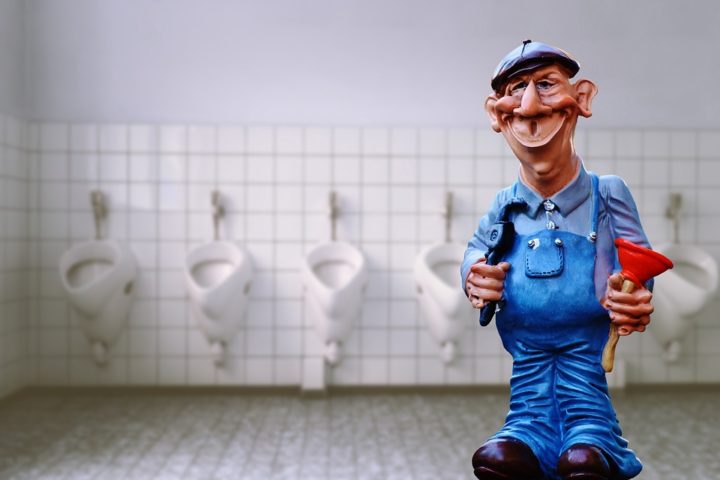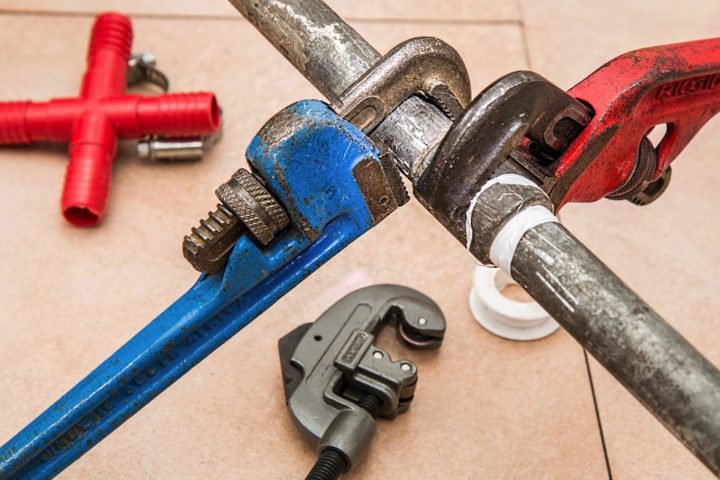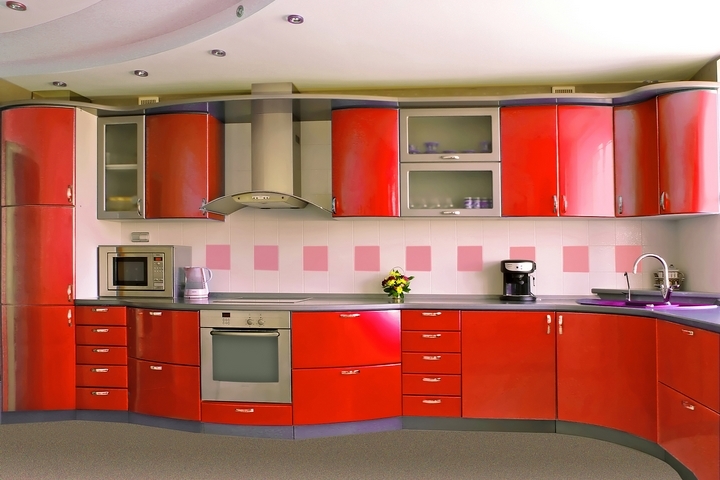When it comes time to replace your furnace, you may have concerns over the cost of both the furnace and the installation. If your furnace was over 25 years old, you may be surprised at the increased efficiency of new furnaces.
Talk to your heating and air conditioning specialist to decide what system is right for you and your home. If you plan to replace your stand-alone furnace with an HVAC system, discuss all the options with your HVAC specialist.
1. Your Energy Source Determines Much of the Price
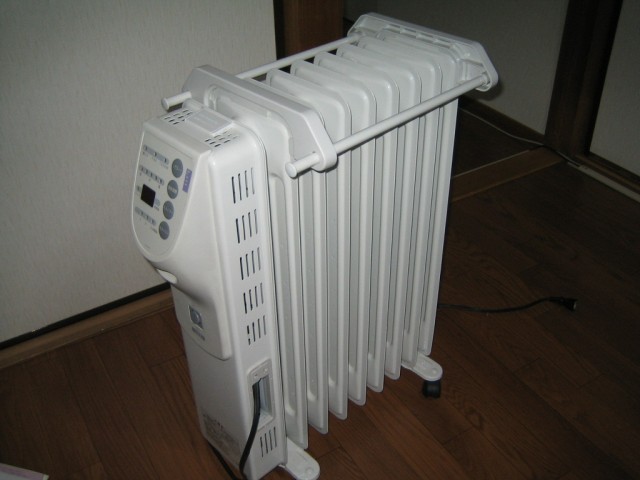
According to Angie’s List, most furnace installations cost between $1,800 and $3.800. However, in some market’s factors like a complex floor plan, ductwork that needs extensive renovation and purchasing a very large energy efficient furnace can push the price up to $10,000. Your location makes a difference in standard prices.
- Oil heaters usually have the highest costs associated with their purchase and installation. Standard efficiency oil heaters may run about $3,000 for the furnace and installation fees. A high-efficiency oil heater may cost about $6,500, depending on your locale.
- A standard efficiency gas heaters typically costs a little over $2,000. Installing a high-efficiency gas furnace can run approximately $4.600.
- The cost associated with electric furnaces is the lowest, coming in at about $1,900 for a standard efficiency electric furnace. A high-efficiency electric furnace may cost about $4,400.
2. You Should See Substantial Savings in Heating Bills
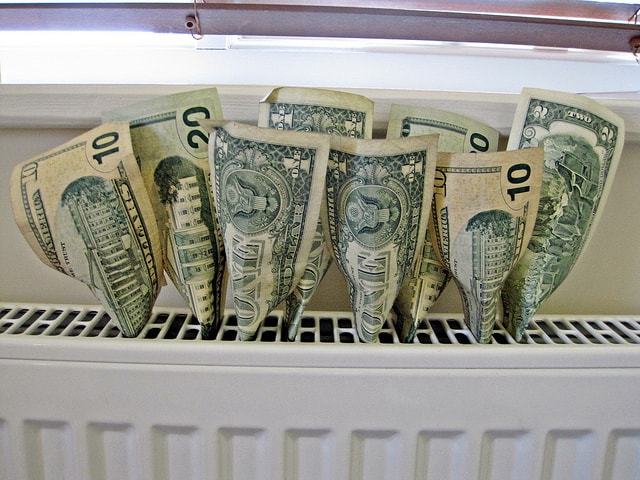
- When you upgrade your old heater, you will notice a decrease in your utility bills. Today’s heaters are far more efficient than heaters made 20 years ago.
- Purchase a heater with the highest AFUE rating that you can afford. Increased efficiency associated with higher AFUE ratings corresponds with lower utility bills.
- Your home’s size plays a factor in the heater necessary to efficiently work throughout your home.
3. Advanced Features Are Available
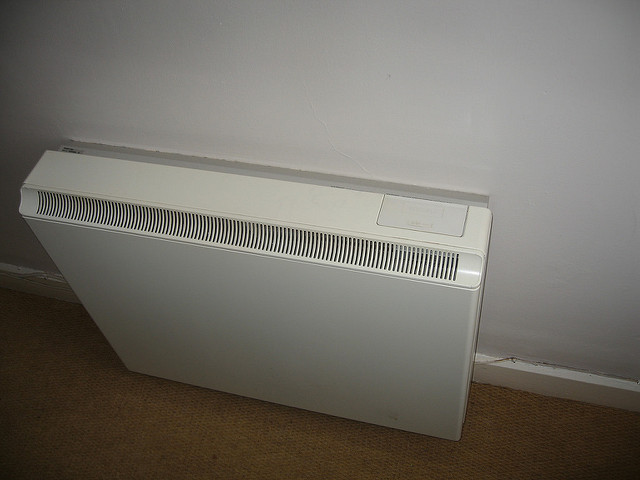
- Whenever possible, select a heater with a variable-speed blower. Its ability to run at different speeds provides more efficient heating depending on the temperature.
- BTU capacity should be 30-60 BTU’s for every square foot of living space in your home.
- Most heaters come with warranties. Ask your heating specialist about any warranty information.
4. Heating System Size Matters
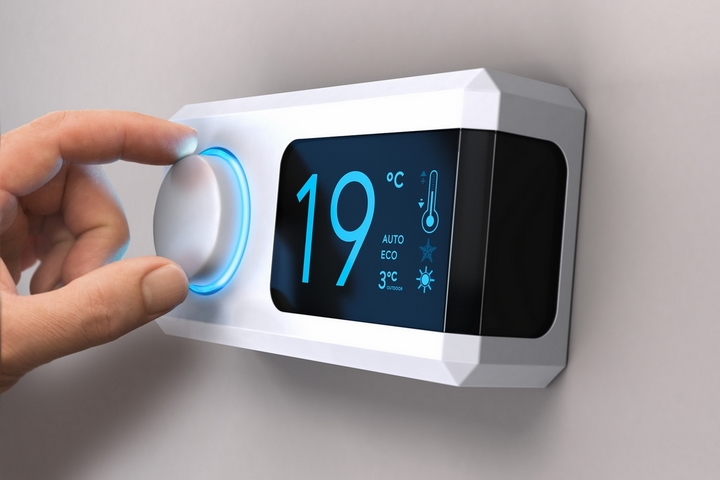
- Purchasing the right-sized heater for your home saves hundreds of dollars in heating costs over several years.
- Ask your heating specialist to perform a load test to help determine what size furnace is best for your home.
- If you purchase a heater too small for your home, you waste energy when your system strains to meet the heating requirements.
5. Regular Maintenance Pays Off When Replacing Your Furnace

The U.S. Department of Energy suggests several routine maintenance tasks that keep your furnace running efficiently. Furthermore, regular maintenance keeps your central air system cleaner for easier replacement and installation.
- If you lubricate moving parts, it decreases motor friction and keeps your electricity use low. Equipment requires more frequent repairs and wears out faster when it is not lubricated.
- Inspect and change your air filter in your central HVAC system according to the manufacturer’s recommendations. This extends your furnace efficiency factor and makes a major difference in eliminating common respiratory illnesses.
- Check your flue pipes for any signs of rust, disconnections or backdrafts.
- Gas and oil heaters need frequent inspection of burner combustion, gas pressure and the heat exchanger. If you have a cracked heat exchanger or a dirty burner, your system runs less efficiently and poses safety hazards.
6. Many Heating Specialists Perform Energy Inspections
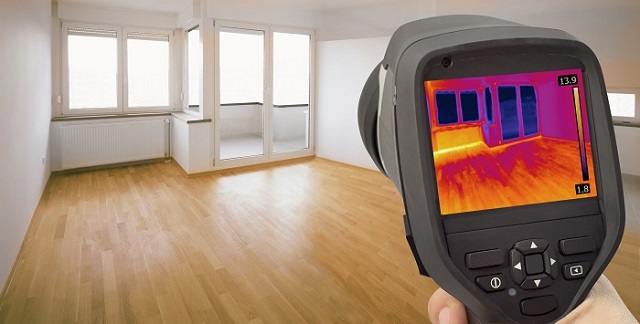
- A thorough inspection inside and outside your home will reveal areas that need attention to keep your home heated efficiently.
- Often, caulking or weather stripping applied around windows, vents and doors will result in improved heat retention.
- Window location, plants and trees potentially play a major role in your heating efficiency.
With planning and preparation, replacing your furnace should not be a traumatic event.

